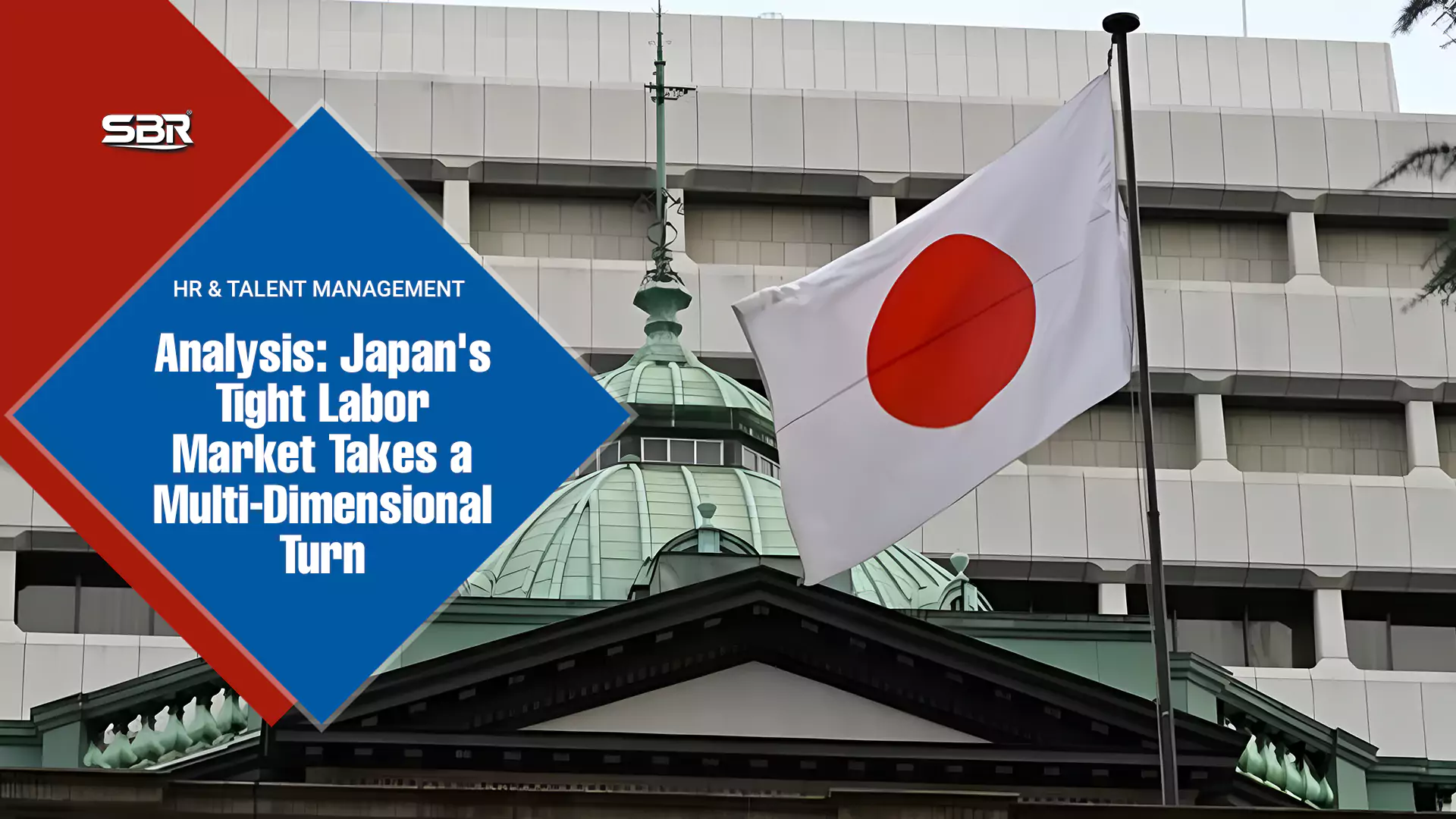Analysis: Japan’s Tight Labor Market Takes a Multi-Dimensional Turn
As the country's jobless rate is lowest among G7 countries, recruiters are trying to woo young job aspirants and government is expected to boost wages for seniors.

(Photo: SBR)
TOKYO, June 26, 2025 — Unlike many other Asian countries, which enjoy a demographic dividend led by their young population, demographic decline coupled with shrinking of the working-age population has made the employment scenario in Japan a multi-dimensional issue.
Bizarre anecdotes emanating from Japan’s job market are partly hilarious and often a reflection of the country, faced with an aging population and acute labor shortages.
A blue-chip firm in Tokyo is said to have held intense discussions with a job applicant behind closed doors for two hours in an effort to persuade them to join. Finance and banking jobs in Japan are up for grabs as some Japanese lenders are not letting staffers resign. Besides, banks are holding parties for former employees to lure them back.
Banks and money managers face a limited talent pool, with a jobless rate of 2.5 percent, just over half the US level. The job market in Japan is an antithesis of the global employment scenario. At a time when bankers in hubs from Hong Kong to London brace for job cuts, as trade wars roil markets, workforce dealing with finance remains in short supply in Tokyo. Many global firms are now knocking on Japan’s door.
In the last few years, competition among companies for human resources has become cut-throat and many of them are resorting to mass recruitment in Japan. More companies are beginning to screen university students long before the official job-hunting period under the mass recruiting system. Companies carry out this practice, through what they call an internship program. But traditionally the fervor with which Japanese companies such as Sony in the past inspired their employees, is seen to be missing now.
At the policy level, Japan has not actively pursued a policy of expanding access to higher education in order to promote socio-economic equality. The growth of higher education in Japan has relied primarily on household expenditure.
The Japanese government is working to lower financial hurdles to secondary and tertiary education. However, the efficacy of such measures is being questioned, especially in view of labor immobility and major companies’ rigidly hierarchical recruiting systems.
Japan is likely to face a shortage of 6.44 million workers by 2030, according to a 2024 report by the Ministry of Economy, Trade and Industry (METI). One of the most hard-hitting issues at hand is wage structure. Unlike many OECD countries, where wages are directly linked to productivity, in Japan, wages often decline with old age regardless of performance.
The drop in wages post-retirement discourages employees, an issue that must be addressed to keep older workers motivated.
The share of employed persons aged 65 and over has increased for 20 consecutive years since 2004, placing Japan above the OECD average.
As of 2022, 25.2 percent of Japanese people aged 65 and over were employed, the second-highest rate among major economies, following South Korea’s 37.3 per cent. The United States (18.7 percent), Canada (14.4 percent), United Kingdom (11.3 percent), Germany (8.9 percent), Italy (5.3 percent) and France (4.2 percent) all reported significantly lower rates.
With an objective to evaluate employee engagement, Gallup, an American research firm, annually surveys workers aged 15 and above in nearly 160 countries. In other words, the survey gauges the degree of involvement and enthusiasm of employees in their work and workplace.
According to the company’s report for FY2023, the percentage of “employees who are motivated and proactive about their work” was only six percent in Japan, compared to 23 percent for the world and 33 percent for the United States. In contrast, the “percentage of people who are unmotivated about their jobs” was 24 percent in Japan in 2023. The survey reveals a four-fold number of employees, who were not motivated to work as those who were. This trend has remained at the same level for the past decade.
In Japan, the statistics for the “percentage of employees who are watching or actively seeking a new job” was 33 percent in 2023. Although this figure is lower than the 49 percent in the US, it is surprising that one out of every three employees in Japan intends to change jobs.
The change of winds in Japan’s job market is significant in an economy that till recent past functioned well under the lifetime employment system, which guaranteed jobs until retirement.
When bankers in hubs from Hong Kong to London brace for job cuts, as trade wars roil markets, workforce dealing with finance remains in short supply in Tokyo.
Inputs from Saqib Malik
Editing by David Ryder







